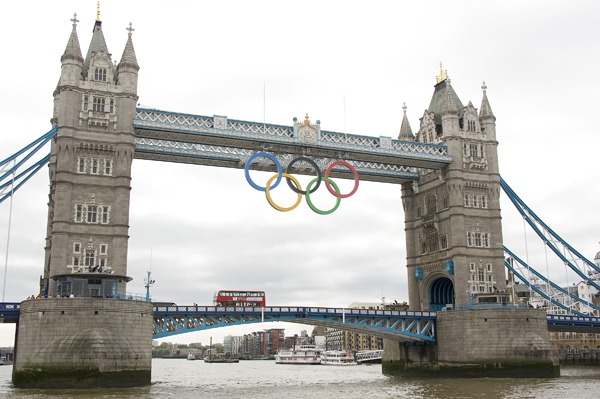The Fate Of London's Olympic Hotspots
What will happen to the Olympic village, Aquatic
Centre and other Summer Games' venues now that the athletes have left?

The Olympic Stadium
A spot where hearts have been broken, dreams achieved and records
smashed, the Olympic Stadium was designed so that spectators were as
close to the action as possible. Built around 14 lighting towers and
with no less than 532 floodlights to ensure high-definition quality for
television, the Olympic Stadium has become an iconic symbol on the
London skyline. There have been several bids to decide the stadium's
fate, with a number of Premier League football clubs hoping to claim it
as their own, although the organisers are keen to retain some kind of
athletics track. According to
The Guardian the pitch would have
to be replaced to meet Premier League standards. The stadium will need
to be bought by an enterprise with Premier League-type finances in order
to recoup the estimated £486 million it cost to build.
The Aquatics Centre
This has the capacity to hold 17,500 people but this will be reduced to 2,500 after the Games
when the pools are opened to the public. With a 50 metre swimming pool,
50 metre warm-up pool and a 25 metre competition pool, there will
plenty of room for future Olympic hopefuls to practice.
The Velodrome
There has been some serious excitement at the cycling this year with Chris Hoy
overtaking Steve Redgrave as the British Olympian with the most gold
medals after his sixth win this week. Victoria Pendleton has also fought
hard for British women's cycling, and there is no doubt both will spur
many youngsters to take to their bikes. According to the official London
2012 website, the Velodrome
will form part of a new VeloPark to be built after the Games end, for
both community and elite use. Additional road and mountain biking
facilities will be added, as well as a reconfigured BMX track.
Waterpolo Arena and Basketball Arena
These are both to be dismantled, though the London 2012 site claims
that elements of each will be reused elsewhere. How exactly these
elements will be recycled remains to be seen.
Weymouth and Portland
The area used for sailing on the southwest coast of England has long
been a hub for boat-lovers, both professional and occasional. Since the
games were confirmed, these facilities have been updated to a first
class standard which will be enjoyed by sailors for years to come. Those
who partake in elite training and competitive racing will do the bulk
of their preparation in Weymouth.
The International Broadcast Centre
The space from which our favourite television reporters and
broadcasters have commentated on the Games will not go to waste. Plans
are underway to convert the area into 80,000 square metres of business
space to create jobs in and around the Stratford area. In conjunction
with this, the Athletes Village, where everyone who competed stayed
during the Games, will be turned into long-term housing.


No comments:
Post a Comment